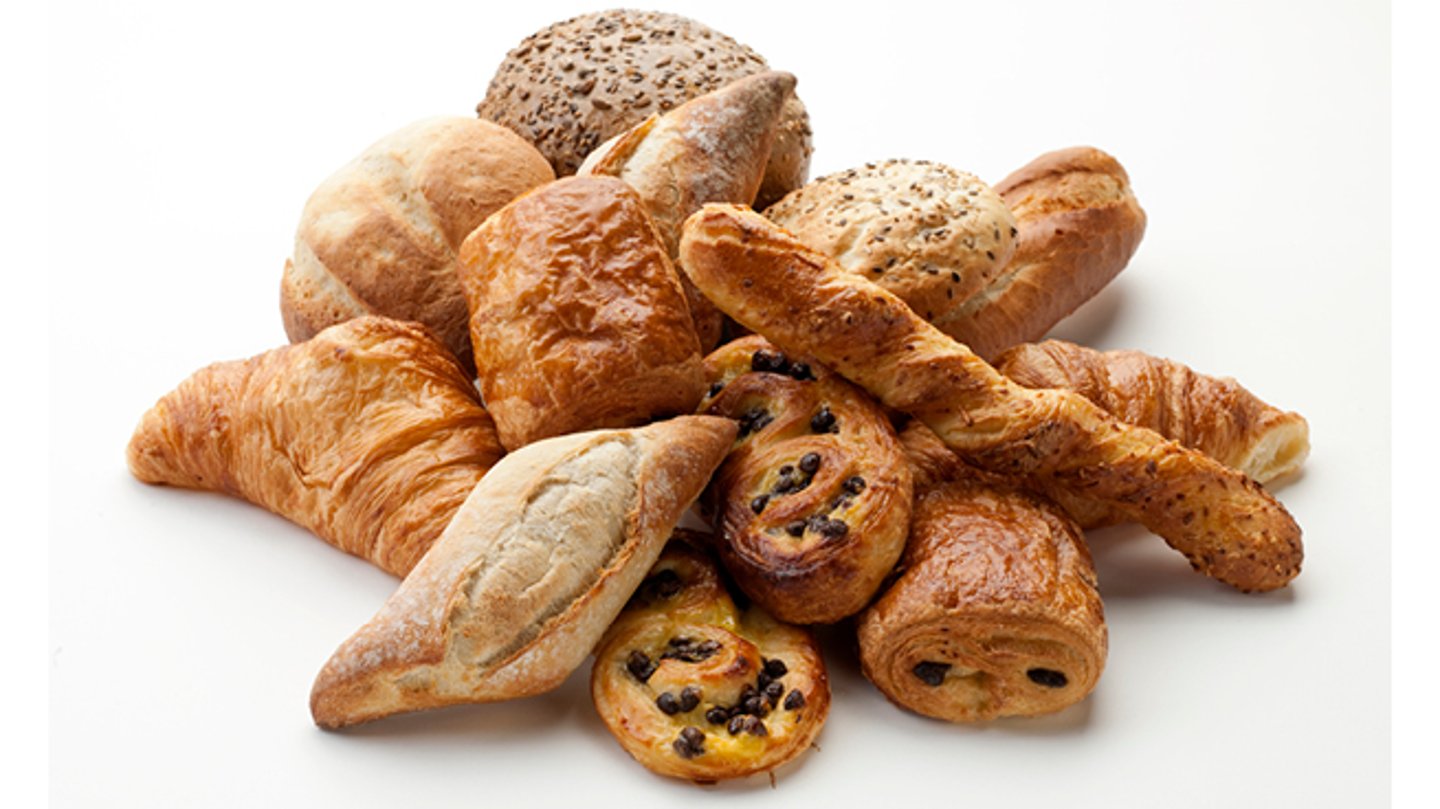Why Canadians are willing to indulge in baked goods
As demonstrated, by two-and-a-half years of pandemic, which ushered in the sourdough bread-making craze and produced a spike in cookie sales, baked goods remain a staple of Canadians’ diets.
According to Mintel’s recent Trends in Baked Goods report, Canadians’ love of bakery is “near universal,” with 98% of the population reporting eating baked goods in the past three months. Both breads and sweet goods enjoyed significant penetration – 91% and 93%, respectively. “For the vast majority of Canadians, sweet and savoury baked goods are part of their regular diets,” the report says.
This year’s Mintel report looked at behavioural and attitudinal trends rather than its customary examination of ingredients and/or innovation, says Meghan Ross, senior research analyst – home and beauty, Mintel. It’s a reflection of how food inflation, coupled with the lingering effects of the pandemic, is shaping bakery trends for the year ahead.
Affordable indulgence
Though rising food prices have become a major concern for Canadian families, the relative affordability of baked goods – particularly when compared to bigger-ticket grocery items such as meat and seafood – means consumers are still willing to pay more for bakery items, and particularly those featuring higher-quality flour, chocolate and other ingredients, says Shelley Balanko, senior vice-president of The Hartman Group.
“They’re going to be looking for high quality because they can still afford to indulge in a bakery offering when they might not be able to afford to go out for dinner,” says Balanko. “It’s still something that’s within their reach, and you can trade up in bakery, whereas if you were trading up in something like beef, it’s cost-prohibitive.”
Jo-Ann McArthur, founding partner and president of Toronto-based Nourish Food Marketing, says bakery is a category that enables consumers to break bread without breaking the bank, meaning they’re willing to pay one or two dollars more for comfort items. “It’s worth it to them,” she says.
Functional and healthy food
Consumers are realizing the short- and long-term importance of their physical health, which has them scrutinizing labels for health-associated ingredients such as vitamin C and fibre, says Balanko. “They’re the kind of things consumers will be looking for to communicate the inherent functionality that will really deliver on nutrients,” she says.
Negative connotations surrounding the nutritional value of baked goods will serve as a “barrier” to some Canadians, says Mintel, with a desire to cut back on carbs resulting in either reduced serving sizes or eating occasions.
This has already spurred brands to innovate by using grain alternatives and low-carb ingredients, according to the Mintel report. High-fibre and low-sugar options have already taken to emphasizing “net carbs” rather than total carbs to assuage misgivings consumers may have over carb consumption.
The growing vegan trend is also making its way into the bakery department.
Baked goods using egg replacements such as aquafaba – the starchy, viscous liquid leftover from cooked beans and chickpeas – are becoming increasingly common on both the sweet and savoury sides of the business, says McArthur.
The international influence
The influence of international cuisines is being felt throughout grocery retail. And while it’s not as prevalent in bakery, Balanko says grocery shoppers are increasingly seeking unique items in all sections of the store.
The Ethiopian pancake-like flatbread injera, for example, is gaining in popularity in some markets because of its unique texture, sour taste (there’s the sourdough influence) and the health qualities of the teff flour it’s made with.
While acknowledging it’s a long way from going mainstream, Balanko likens injera’s potential to the Indian flatbread naan, which is now widely available including at the big-box grocery retailers. “When packaged naan is a staple at Costco, you can pretty much say it’s a mainstream trend,” she says
Frozen, not freshly-baked
Though par-baked bread from brands such as Ace, which enable people to finish the baking process at home, have been popular among consumers for years, Nourish’s McArthur predicts the trend will grow to encompass other baked goods such as muffins, cupcakes and bagels. “You get that lovely smell and feel like you did a little something.”
This article was first featured in Canadian Grocer’s November issue.



